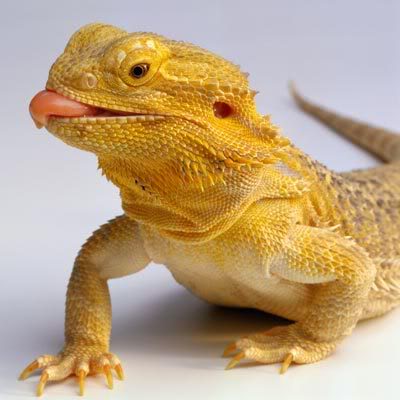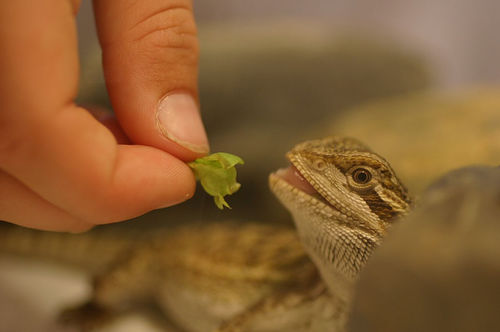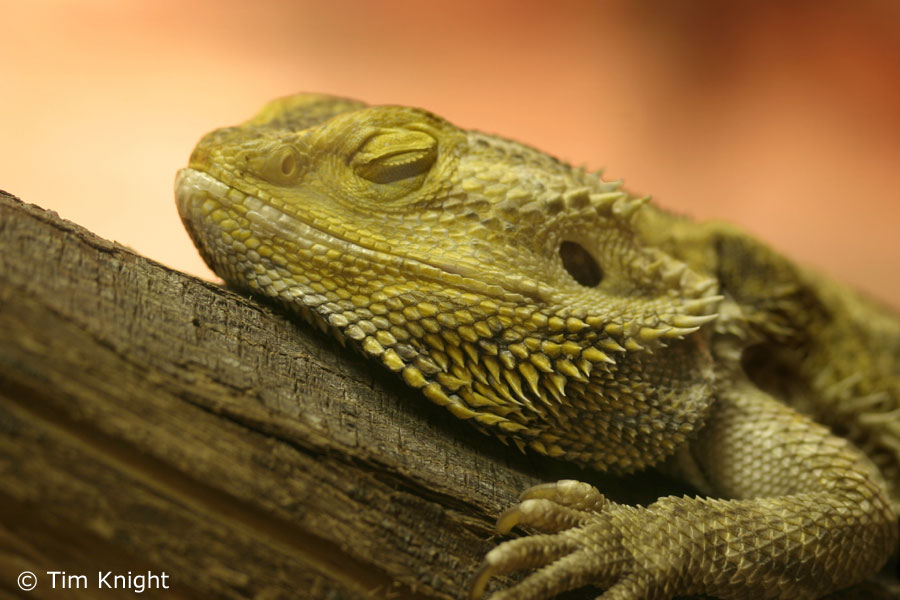The Ultimate Guide to Caring for a 3-Month-Old Bearded Dragon
Introduction to Bearded Dragons
Bearded dragons are fascinating reptiles that have become increasingly popular as pets. They are known for their distinctive appearance, laid-back personality, and relatively low maintenance requirements. One of the most important aspects of caring for a bearded dragon is ensuring that you provide it with the right environment and diet. In this guide, we will focus specifically on caring for a bearded dragon that is three months old, which is a crucial stage in their development.
What to Expect from a 3-Month-Old Bearded Dragon
At three months old, a bearded dragon is still considered a juvenile. However, it has typically begun to show more personality and energy than it did as a hatchling. Some key things to expect from your 3-month-old bearded dragon include:
- Increased activity levels
- Growing appetite
- More curiosity and exploratory behavior
- Clearer physical appearance (i.e. more defined patterns and colors)

Setting Up a Terrarium for Your Bearded Dragon
One of the most important things you can do for your bearded dragon is provide it with a comfortable and stimulating environment. Here are some key aspects to consider when setting up your bearded dragon’s terrarium:
Size
A 3-month-old bearded dragon should be housed in a terrarium that is at least 40 gallons in size. It is important to provide enough space for your bearded dragon to move around and explore, and to avoid overcrowding.

Lighting and Heating
Bearded dragons require both UVB lighting and a heat source in order to thrive. UVB lighting helps your bearded dragon produce vitamin D3, which is necessary for calcium absorption and overall health. A heat source is necessary to regulate your bearded dragon’s temperature and facilitate digestion. Here are some important factors to keep in mind:
- Use a UVB bulb that is appropriate for the size of your terrarium (consult a pet store or veterinarian for advice)
- Position the UVB bulb so that it is no more than 12 inches away from your bearded dragon
- Provide a basking spot with a temperature of 100-110°F during the day
- Maintain a cooler area with a temperature of 75-85°F

Decor and Enrichment
In addition to basic necessities like lighting and heating, it is important to provide your bearded dragon with decor and enrichment that will keep it engaged and entertained. Here are some ideas for things to include in your bearded dragon’s terrarium:
- Multiple hiding spots (e.g. caves, logs, etc.)
- Basking platforms and climbing structures
- Live or artificial plants
- Tunnels and other toys
- A shallow water dish (bearded dragons do not need to swim, but they do enjoy soaking and drinking from water)

Feeding Your Bearded Dragon
A healthy diet is essential for your bearded dragon’s overall health and development. Here are some key things to keep in mind when feeding your 3-month-old bearded dragon:
What to Feed Your Bearded Dragon
Bearded dragons are omnivores, which means they eat both plants and insects. A healthy diet for a 3-month-old bearded dragon should consist of approximately 80% insects and 20% plants. Here are some good options for each category:
Insects
- Crickets (dusted with calcium powder)
- Dubia Roaches
- Hornworms
- Superworms
- Phoenix Worms

Plants
- Collard greens
- Mustard greens
- Turnip greens
- Endive
- Kale
How Much and How Often to Feed Your Bearded Dragon
The amount and frequency of feeding will depend on the size and activity level of your bearded dragon. As a general rule, you should offer your bearded dragon as many insects as it will eat in a 10-15 minute period, two to three times per day. Plants should be offered in small amounts once per day.
Conclusion
Caring for a 3-month-old bearded dragon may seem daunting at first, but it can be a very rewarding experience. By providing the right environment, diet, and care, you can help your bearded dragon grow and thrive. Remember to consult with a veterinarian or pet store if you have any questions or concerns!
